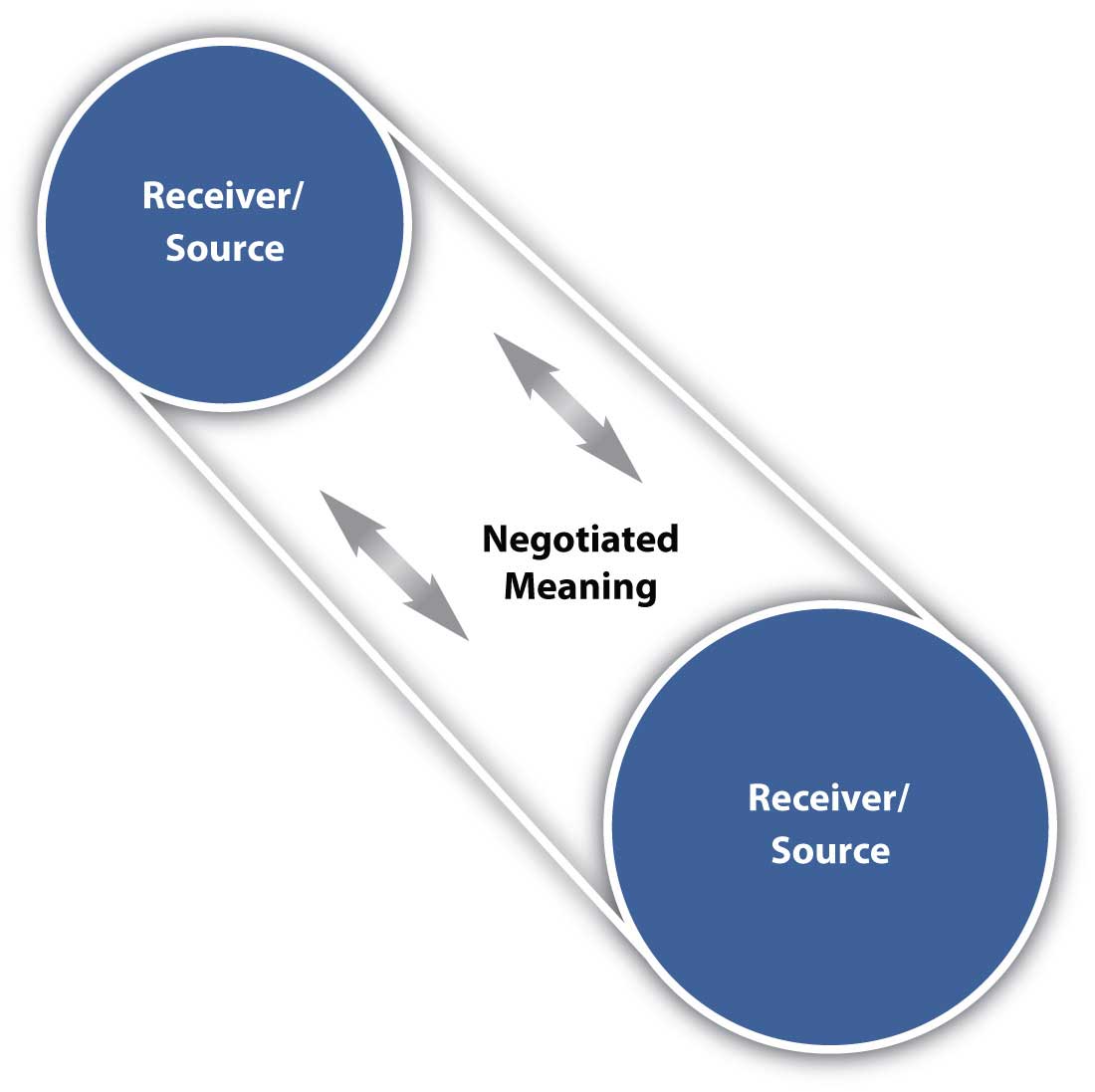Successful Business Communication Involves

Examples of non-verbal signals include tone of voice eye contact facial expressions silence and hand arm and leg postures.
Successful business communication involves. The communication process involves understanding sharing and meaning and it consists of eight essential elements. Completeness - Make sure the communication you share and send out to others is complete. Its main purpose is to improve organizational practices eliminate silos keep employees informed and reduce errors.
Designing your documents including writing and presentation to reduce message breakdown is an important part of effective business communication. Communication is the essence of management. Sometimes you can be unaware of the messages you are sending none-verbally.
Effective business communication is how employees and management interact among each other to reach organizational goals and be more aligned with the core company values. This includes everyday communication channels like emails and instant messaging applications. Words that suggest stereotypical attitudes toward a specific group of people.
Source message channel receiver feedback environment context and interference. This exchange becomes fruitful when the receiver understands the meaning of the message in the way the sender encoded. When team leaders are effective communicators they inspire workers to reach for a common goal.
Business communication is the expression channeling receiving and interchanging of ideas in commerce and industry. Good writing and speaking skills make easy and understandable arguments good eye contact command of grammar sharing exact information are some of the techniques to be followed for an effective communication. Those in charge of the business need to be skilled in effective communication and know when to employ the most effective communication forms.
Refrain from making any assumptions about the receiver. With an open dialogue employees pitch in when others in the organization need their help and know when to ask for help in return. Seeking and understanding feedback from your audience In the context of communication barriers ______ can include everything from how you greet colleagues and establish eye contact to how you handle disagreement eat business meals and make small talk at meetings.












